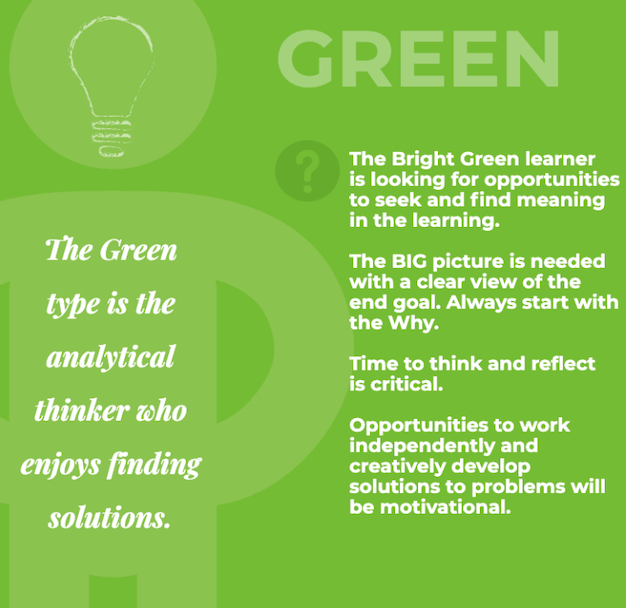Can You Legally Use Temperament or Personality Assessments in Hiring? Here’s What to Know

You’re filling a role with the right experience, the right resume, and the right interview answers. So why does the hire still fall flat?
More teams are asking whether personality or behavior-based assessments can lead to better hiring decisions. In short, they can, but only when used correctly.
Before You Use an Assessment in Hiring
Most personality or temperament assessments are not validated for hiring. They're typically designed for onboarding, coaching, or team development, not for making selection decisions. To use assessments legally and effectively in hiring, look for tools that are job-related, legally validated, and applied consistently. One example is the behavior-based hiring tools used in True Colors' Talent Acquisition services.
Even when using validated tools, they should inform your decision, not drive it. A balanced approach uses assessments for about 25 percent of the overall hiring process, alongside interviews, skill evaluations, and reference checks.
What Are Legally Approved Assessments for Hiring?
Legally sound hiring assessments meet three key criteria: they relate directly to the job, have been tested for fairness and reliability, and are used consistently for all candidates. Assessments that explore communication style or behavior patterns can be valuable if they’re built specifically for selection. Otherwise, they’re better reserved for supporting team dynamics after the hire is made.
Why It Matters in the Hiring Process
A bad hire affects more than performance. It disrupts trust, drains time, and often leads to another costly search. That’s why many teams are looking beyond resumes and interviews. Temperament-based hiring offers insight into how someone communicates, processes information, and collaborates.
But not every assessment is built for hiring. Using the wrong one can cause more problems than it solves.
What Happens If You Use the Wrong Assessment in Hiring?
Most personality tools, such as DISC, MBTI, or the standard True Colors profile, are designed for development, not for candidate screening. While they’re incredibly useful once someone is hired, they are not validated for pre-employment use.
Using a non-validated assessment to influence hiring decisions can lead to compliance issues. These tools aren’t built to predict job success or tie directly to job responsibilities, which is a requirement for EEOC-compliant hiring practices.
How to Know if an Assessment Is Valid for Hiring
- They measure job-specific behaviors and competencies
- They’ve been validated for fairness, reliability, and consistency
- They’re applied in the same way for every candidate
True Colors’ Talent Acquisition services include tools that support hiring decisions by evaluating how a candidate may demonstrate specific job-related behaviors. It highlights potential strengths in areas like task execution, collaboration, decision-making, and accountability. This type of structured insight helps hiring teams better understand how a candidate might approach the demands of the role.
How Much Should a Hiring Assessment Influence Your Decision?
Even a validated hiring tool should not be the sole decision-maker. Think of it as one part of a multi-layered process. Use it to guide about 25 percent of your overall decision, along with:
- Structured interviews
- Job simulations or tasks
- Peer or team feedback
- Reference checks
This balanced approach creates a fuller picture of each candidate’s potential.
When to Use Personality Assessments in the Employee Lifecycle
- Improve manager-employee relationships
- Clarify team dynamics
- Boost collaboration
- Build shared language and understanding
This is where the original True Colors temperament assessment excels, supporting culture and performance from day one.
How True Colors Supports Compliant Hiring and Team Development
- During hiring: True Colors offers role-specific hiring tools and frameworks that are legally validated and built into a structured Talent Acquisition process. These tools help teams align candidate strengths with real-world job expectations, reducing risk and improving retention from day one.
- After hiring: The True Colors temperament profile supports onboarding, communication, and long-term cultural fit.
The right tools used at the right time help teams work better together and stay stronger over time.
Key Points to Remember
- Most personality assessments are not designed for hiring. Check for legal validation.
- Use validated tools for no more than 25 percent of your decision.
- Keep communication and style-based assessments for post-hire development.
- A strong hiring process combines structured tools, human insight, and job relevance.
See the Tools in Action
Ready to improve your hiring decisions without the legal guesswork?
Next Step
Improving hiring decisions starts with tools that go beyond resumes and interviews. True Colors’ Talent Acquisition approach uses behavior-based tools and validated frameworks to bring clarity to how candidates may approach real work situations, helping you evaluate how candidates may approach real work situations with greater clarity and confidence in your decision-making process.
Our free guide, How AI Complements Human Decision Making in Talent Acquisition, shows how to integrate those insights into a well-rounded hiring process. You'll learn how to identify alignment, support stronger onboarding, and build teams that work better together.
How to Start
- Use a communication or temperament survey to understand your current team’s working styles
- Define role alignment beyond technical skills: consider behavior, pace, and how the role handles feedback or conflict
- Include team members in interviews to observe relational dynamics and communication flow
- Use a job fit matrix to weigh behavioral alignment and qualifications side by side
- Design onboarding to reflect the team’s communication style and decision-making approach so new hires feel aligned from day one
Hiring for behavior and style works best when you use the right tools at the right stage. Behavioral insights can support smarter hiring decisions, while communication style tools bring ongoing value to team development, onboarding, and role alignment after the hire.
FAQs
- Can I legally use personality or behavior-based assessments when hiring?
Yes, but only if the assessment is validated for selection. These tools must be job-related, tested for fairness and consistency, and used the same way for every candidate. Most general personality or temperament assessments are not designed for hiring decisions and should only be used after someone is brought onto the team. - What makes an assessment legally defensible for hiring?
A hiring assessment must be directly tied to the requirements of the role. It should measure job-related behaviors, be validated for fairness and reliability, and be consistently applied across candidates. When these criteria are met, assessments can help reduce bias and support stronger hiring decisions. - How much of the hiring decision should come from an assessment?
Validated assessments typically guide about 25 percent of the overall hiring decision. They work best when paired with structured interviews, job-related tasks or simulations, and reference checks. - What are the risks of using the wrong type of assessment?
Using a non-validated tool to influence hiring can raise legal concerns and may introduce bias. It can also result in poor role alignment if the tool does not accurately reflect job performance. - When should personality or temperament assessments be used?
After hiring, these tools are excellent for onboarding, team development, and improving communication. They can also help determine which teams, roles, or projects a new employee may thrive in based on their working style and natural preferences.




